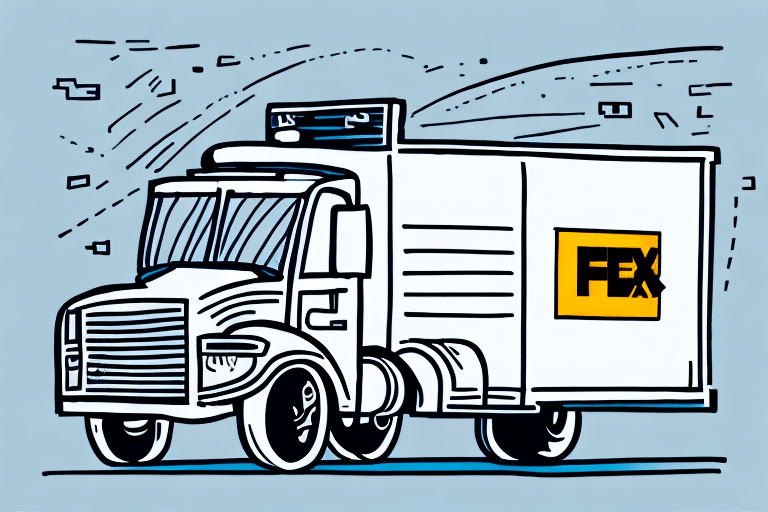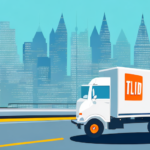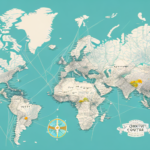Understanding FedEx Clearance Entry Fees
FedEx is one of the leading courier and delivery service providers globally, operating in over 220 countries and territories. It offers comprehensive logistics solutions to businesses and individuals alike. When using FedEx to ship goods internationally, you might encounter additional costs known as clearance entry fees. This article delves into these fees, explaining their workings, calculation methods, influencing factors, common misconceptions, and offers tips to minimize them.
What Are Clearance Entry Fees?
Clearance entry fees are charges levied by FedEx for processing the customs clearance of goods imported or exported across international borders. These fees are in addition to standard shipping charges and vary based on several factors, including the value of the shipped goods, type of goods, shipping destination, and specific regulatory requirements. Unlike customs duties or taxes, which are imposed by the government of the importing country, clearance entry fees are imposed by FedEx for their customs processing services.
In some cases, clearance entry fees can be waived or reduced, especially if there are free trade agreements between the shipping and destination countries. Additionally, certain shipments may qualify for special exemptions or reduced fees based on their value or purpose.
FedEx Customs Clearance Services
FedEx offers extensive customs clearance services, which include:
- Filing necessary customs documents
- Payment of applicable taxes and duties on behalf of the shipper
- Facilitating smooth clearance of goods across international borders
- Providing tracking updates through their online portal or mobile app
Beyond basic clearance, FedEx provides value-added services such as packaging, labeling, documentation assistance, and specialized handling for fragile or hazardous materials. Their global network of distribution centers and diverse transportation options ensure flexible and efficient delivery tailored to the needs of businesses of all sizes.
Calculating FedEx Clearance Entry Fees
FedEx clearance entry fees are calculated based on several factors:
- Declared Value: The shipment’s declared value directly influences the fee amount.
- Product Classification: The type of goods being shipped can affect fees due to varying regulatory requirements.
- Destination Country’s Regulations: Different countries have unique customs regulations that impact clearance fees.
- Additional Services: Services such as customs bonds, storage, and handling may incur extra charges.
To estimate your FedEx clearance entry fees, you can utilize the FedEx online calculator available on their official website. This tool provides an estimate based on your shipment’s specifics, although actual fees may vary due to additional regulatory requirements.
Types of FedEx Import Fees
FedEx may charge two main types of import fees:
1. Customs Clearance Fee
This fee is for processing the customs paperwork and ensuring compliance with the destination country’s regulations. It covers the administrative costs associated with handling customs procedures.
2. Additional Service Fees
Depending on the shipment, FedEx may charge fees for additional services such as customs bonds (ensuring the payment of duties and taxes), storage of goods if clearance is delayed, and special handling for oversized or hazardous items.
Factors Influencing FedEx Clearance Entry Fees
Several factors determine the amount of clearance entry fees charged by FedEx:
- Shipment’s Declared Value: Higher-value shipments typically incur higher fees.
- Product Classification: Certain product categories may require more extensive processing, leading to higher fees.
- Destination Country’s Customs Regulations: Strict or complex regulations can increase processing time and costs.
- Type of Goods: Hazardous, perishable, or oversized items may attract additional fees due to the need for special handling.
Moreover, international trade agreements between countries can influence these fees, potentially lowering them for goods shipped between nations with such agreements.
Common Misconceptions About Clearance Entry Fees
There are several misconceptions regarding FedEx clearance entry fees:
- They are the only fees associated with international shipping: In reality, additional charges like customs duties, taxes, and brokerage fees may apply.
- Clearance entry fees include duties and taxes: These fees are separate; clearance entry fees are for FedEx’s services, while duties and taxes are government-imposed fees based on the value of goods.
- Clearance entry fees are negotiable: These fees are typically fixed and non-negotiable, as they cover the standardized services provided by FedEx.
Understanding the distinct nature of these fees helps in accurately budgeting for international shipments and avoiding unexpected costs.
Tips to Minimize FedEx Clearance Entry Fees
To reduce clearance entry fees, consider the following strategies:
- Consolidate Shipments: Combine multiple packages into a single shipment to lower per-package fees.
- Use FedEx’s Electronic Trade Documents: Streamlining documentation can reduce processing time and associated costs.
- Provide Accurate Descriptions: Detailed and accurate descriptions of goods help prevent discrepancies that could lead to increased fees.
- Leverage Free Trade Agreements: Ship between countries with free trade agreements to benefit from reduced or waived clearance fees.
- Work with a Customs Broker: Engaging a professional can ensure compliance with regulations and potentially minimize fees.
Additionally, staying informed about changes in customs regulations and proactively managing documentation can prevent delays and additional charges.
Handling Customs Issues with FedEx
If you encounter customs-related issues such as fee disputes or delayed clearance with FedEx, here are some steps to take:
- Contact FedEx Customer Service: Reach out to FedEx support for assistance and clarification regarding any fees or delays.
- Hire a Customs Broker: A licensed customs broker can manage the clearance process more efficiently, addressing and mitigating issues on your behalf.
- Ensure Proper Documentation: Provide all necessary documents, including commercial invoices, packing lists, and required permits or licenses, to avoid delays.
Understanding the customs requirements of your shipment’s destination country is crucial. Utilize resources from the destination country’s customs authority or consult with FedEx’s support to ensure compliance.
Comparing FedEx Clearance Entry Fees with Other Shipping Providers
When choosing a shipping provider for international shipments, it’s beneficial to compare FedEx’s clearance entry fees with those of other carriers like DHL, UPS, or USPS. Factors to consider include:
- Fee Structures: Different providers may have varying fee structures and rates for similar services.
- Service Reliability: Assess the reliability and efficiency of the carrier’s customs clearance processes.
- Additional Services: Value-added services such as tracking, support, and specialized handling may influence your choice.
By conducting a comparative analysis, you can select a shipping provider that offers the best balance of cost, reliability, and services tailored to your international shipping needs.
The Importance of Understanding Clearance Entry Fees
Being knowledgeable about FedEx clearance entry fees is essential for businesses and individuals engaged in international trade. Understanding these fees helps in accurately budgeting, avoiding unexpected costs, and ensuring smooth and efficient shipping processes. By employing strategies to minimize fees and staying informed about customs regulations, you can optimize your international shipping operations and enhance your business’s profitability.






















